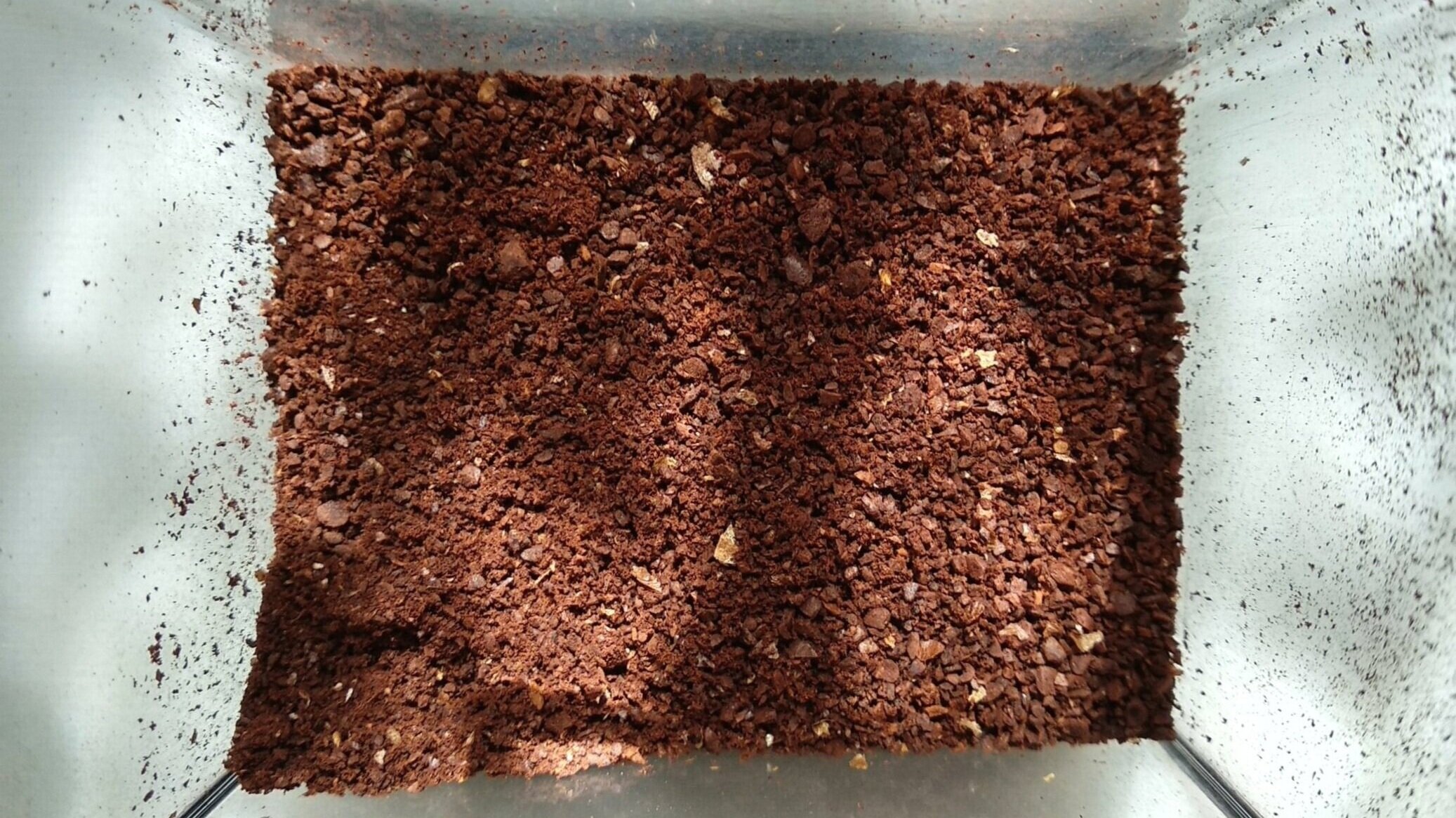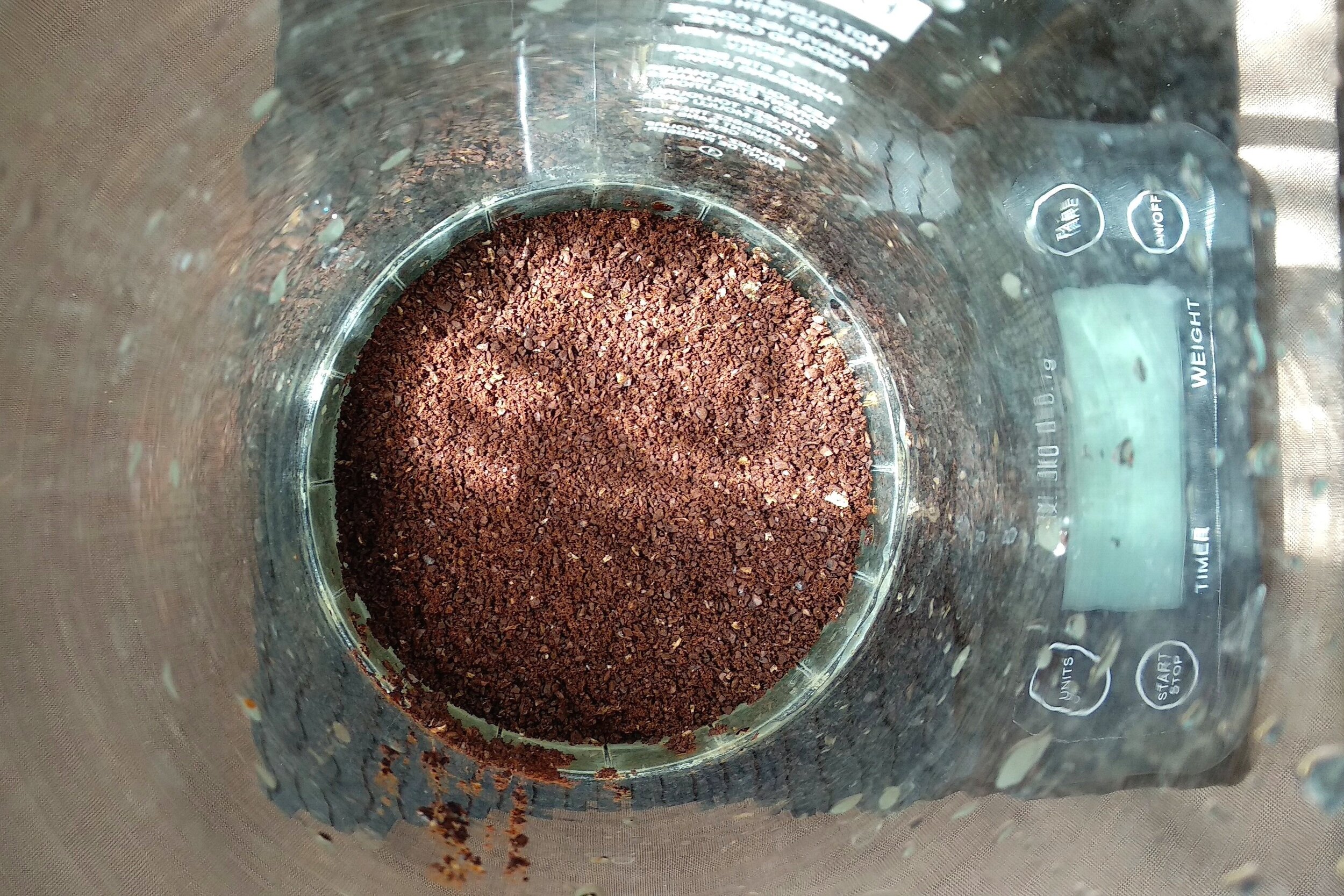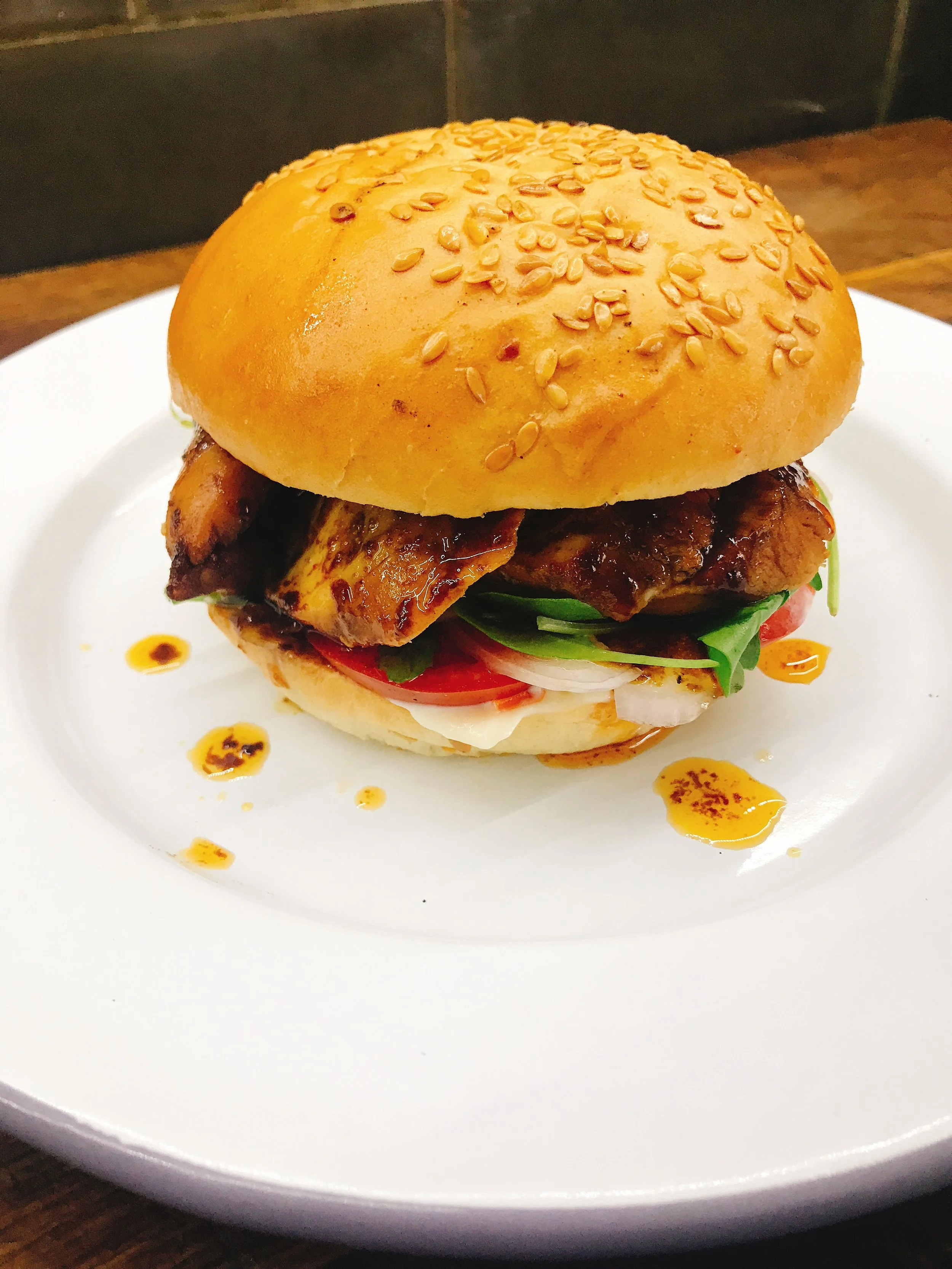Never bean better: home coffee brewing tips

Long or short, black or white, iced or hot, sweet, or not? Coffee is a gold mine of flavour experimentation, but it isn’t without its secrets and mysticism. Thankfully, The FatSteak Club is here to convince you that it might well be black, but it really isn’t magic, and making a consistently enjoyable coffee at home is far easier than you might think.
3 Coffee Top Tips
Although we’re diving a bit deeper than usual today, a little bit of theory goes a long way with this one. I highly recommend you keep coming back and experimenting too. Of course, if you need a break, try making some delicious rhubarb & custard cake or pancakes to accompany your coffee.
1. Grind
Fresher is better. Just like fresh herbs, if you're grinding your coffee beans fresh, you’ll really notice the difference in flavour. Ready-ground coffee is convenient but it looses flavour with age and may have been on the shelf for a long time.
Grabbing yourself an inexpensive coffee grinder will open up a whole world of new flavour possibilities. Burr grinders are the most accurate and consistent, but a blade or spice grinder can be picked up at lower cost as a good starting point. Don't use your kitchen spice grinder for coffee though, unless you like weird spicy coffee.
How finely or coarsely ground the coffee needs to be depends on a number of variables, but as a general rule of thumb, the longer the coffee and water are in contact, the coarser the grind needs to be. If in doubt, aim for something resembling coarsely ground salt, which is around the medium mark.
2. Ratio
The ratio of coffee to water is one of the most important factors in brewing. Use a set of scales to measure your coffee and water so you brew consistently. A great place to start is with 15g of coffee to 250ml of water, or a 1:16.66 ratio for the more mathematically inclined.
1ml of water weighs exactly 1g, so 250ml of water is 250g on your scales. This amount of coffee is enough for an average size mug so simply scale this up or down if brewing for more people or a smaller cup.
3. Time
Next time you’re doing that vacant stare in the direction of the kettle waiting for your coffee to brew, make sure you’ve set a timer! The amount of time that the coffee and water are in contact with each other (known as the extraction time) will have a large influence on the flavour. Too long and your coffee will taste too bitter and intense, too short and it will taste too watery and sour. Next time you brew, take a second to taste for these so you can adjust next time.
French Press to Impress
Now we've been to class, let's actually brew some coffee. Here we'll walk through a game-changing way to brew with the Cafetière (French Press). This is one of the cheapest and simplest ways to start brewing good coffee at home and can be found at any supermarket or homeware store. This recipe serves two, but scale it up and down for more or less.
Step 1 - Prep
Fill your kettle with fresh water and set it boiling.
If you're grinding your own beans, measure them out and grind to a medium consistency. Aim for something resembling coarsely ground salt.
When your water is boiled, pour a little into the cafetière and give it a quick rinse, discarding the water in the sink. This will make sure everything is warmed and clean.
Add 30g of your fresh or pre-ground coffee into the cafetière.
Step 2 - Brewing
Place your Cafetière on the scales and zero them. Start your stopwatch and pour 500g of water in, doing your best to pour all over and avoid any dry patches.
Top tip: If you have a kettle with a dribbly spout, either purchase a new one or pour the boiling water into a measuring jug first for pouring.
Pop the lid on but don't plunge, have the plunger just above the surface of the water and wait for for your timer to hit 4 minutes.
After 4 minutes, lift the lid and use a tablespoon to stir the top a few times. This will get all of those grounds to sink and give us a much cleaner cup when we serve.
Pop the lid back on as before and wait until your timer hits 7 minutes.
Step 3 - Serve
Now, I know it’s called a “French Press”… but don't just press it! Instead, press the plunger until it's just submerged then simply keep it there as a strainer, tilting gently to pour. The gentler you are here the less we'll stir up the grounds we stirred to the bottom earlier and the cleaner your cup will be.
Equipment
Cafetière
Stopwatch (app)
Set of scales
Ingredients
30g coffee beans (or pre-ground coffee)
500ml (500g) freshly boiled water










